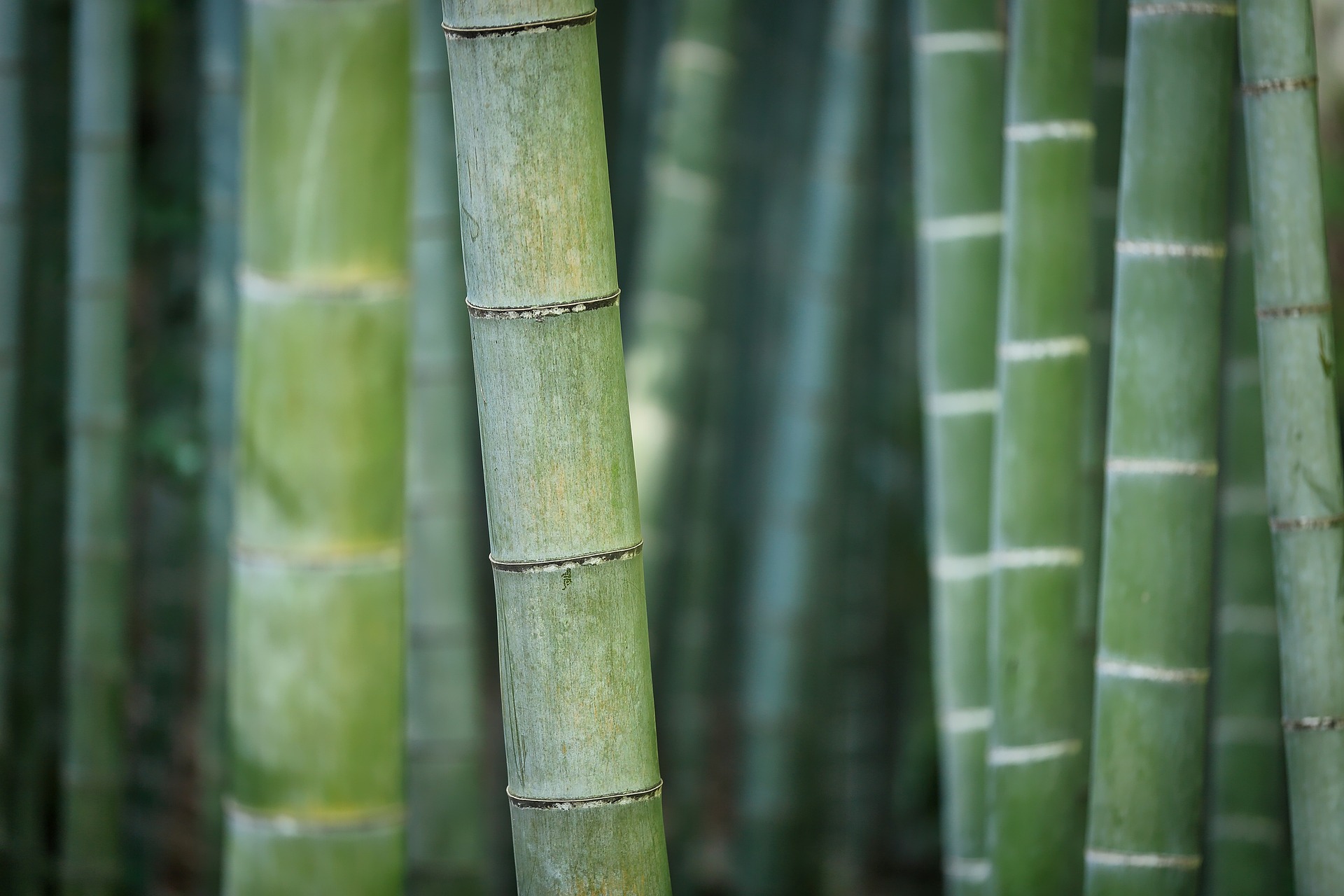Bamboo can be an incredibly difficult plant to eradicate from your property, especially here in Camas, Washougal, and Vancouver, Washington, where growing conditions are optimal. Bamboo is invasive, which means it can often hinder the growth of other plants around it. This is due to the fact that bamboo grows incredibly fast (some species can grow faster than 2 feet a day!). Furthermore, after bamboo has been allowed to flourish, the rhizomes (roots) underground will make removing this plant even more difficult to fully and properly clear out. Oftentimes, people turn to harsh chemicals (herbicides) to stunt the growth of bamboo. However, there are solutions to removing bamboo organically.
Organic Solutions
Here are three solutions to help remove bamboo organically (by organically, we mean without the use of chemical herbicides that can have adverse effects on people, pets, and property).
Solution 1: Mowing
This method of removal requires patience and persistence and is most effective on new growth. Repeatedly mowing over bamboo will hinder its growth and, overtime, eradicate it. Mowing should be performed on a regular schedule as not to allow the bamboo to become fully established or re-established. For older growth bamboo, it will need to be cut to the ground beforehand. This can be done with various types of tools including loppers, hedge trimmers, and, in some cases, chainsaws. Once the bamboo has been cut to the ground and the stalks removed from the area, mowing can begin. For this older growth, a larger machine (such as a brush hog) may need to be implemented in order to cut through the larger stalks.
Solution 2: Manual Removal
Manual removal is, perhaps, the most efficient way to fully removal bamboo organically. It does require a great deal of physical effort, but, if done properly, your efforts will be rewarded in kind. The first step to manually removing any bamboo growth is to cut it down as close to the ground as possible. As stated above, this can be done with loppers, hedge trimmers or chainsaws, depending on the thickness of the stalk. Once the stalks have been removed from the area you can begin digging out the rhizomes. This can be done most effectively by starting at the outside of the root system and working in. Root systems can be difficult to break up, so consider using a mattock to work around the root system. Once the rhizomes have been loosened a bit, they can still prove difficult to fully pull from the ground. You can use a prybar to work the root clump out of the ground. Ensure you have removed all of the rhizomes from the soil, as any left behind will easily begin to regrow and, once again, spread.
Solution 3: Boiling Water
Though perhaps the easiest method for removing bamboo, the boiling water solution will take the longest to notice results from. To perform this method, dig around the base of the plant to expose the rhizomes beneath. (Note: though it isn’t necessary to cut down the stocks for this method, it is encouraged as it will make the boiling water process more effective. Also note that boiling water will kill other desirable plants in the area if exposed, so caution is advised). Once as much of the root has been exposed, pour boiling water directly onto the root systems in the area. Continue this process for as long as new growth forms. Overtime, with repeated applications, the plant will begin to die off.
If all of this seems like too much of a hassle, don’t worry, there are other solutions as well. Urban Eden Landscaping would love to help remove your annoying or unwanted bamboo. Contact us today or fill out our FREE estimate request form.

